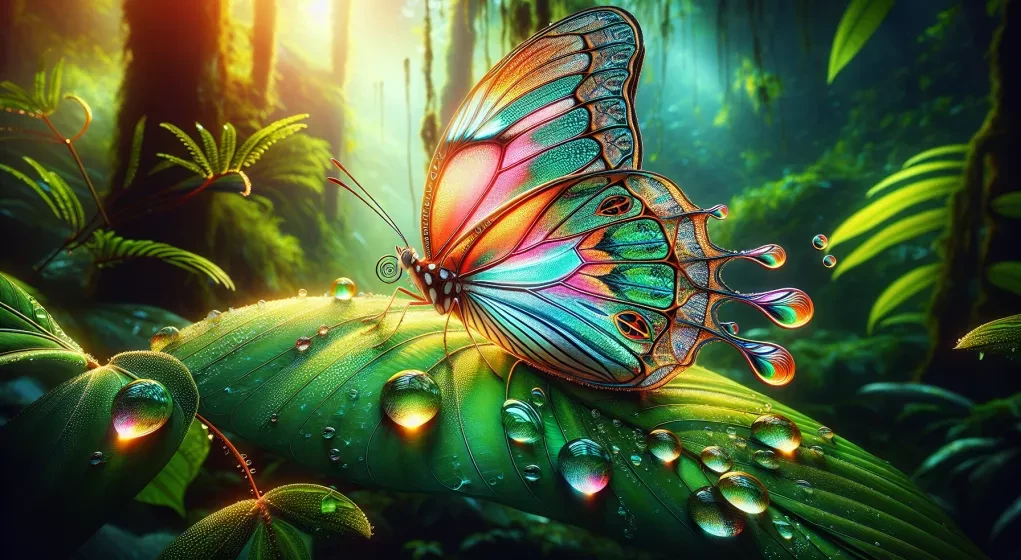In the cloistered precincts of the mighty Amazon rainforest, a dramatic event has stirred the scientific community. Researchers, ensconced amidst the rich tapestry of emerald canopies and the undulating forest floor, have uncovered a previously unknown species of butterfly—an ethereal creature whose wings are a kaleidoscope of vibrant colors and intricate patterns. This delicate being, a silent symphony in flight, is a testament to the rainforest’s unfathomable biodiversity and a poignant reminder of nature’s hidden marvels.
Moreover, in a serendipitous turn of events, local indigenous tribes, who have long been stewards of these sacred woodland realms, played a pivotal role in the discovery. Their unique understanding of the forest’s secrets and unwavering guidance through its labyrinthine undergrowth brought scientists face to face with the elusive insect, bridging millennia-old wisdom with the forefront of entomological research.
As the butterfly flits from shadow to sunbeam, its discovery becomes a beacon of hope for conservation efforts. Scientists are now meticulously studying the creature’s habitat requirements and ecology to ensure its survival. The revelation of this new species is not just a boon for scientific knowledge but also an urgent call to action—a reminder that there is still so much left to discover and that such wonders are perilously at risk.
The ramifications of this find are far-reaching, rippling out to touch the hearts and minds of all who revere the intricate splendor of the natural world. This news is a clarion call to the environmentally conscious and a siren’s song for naturalists and writers alike, beckoning them to share the story and, in doing so, perhaps save a part of the world that so desperately needs our protection.






